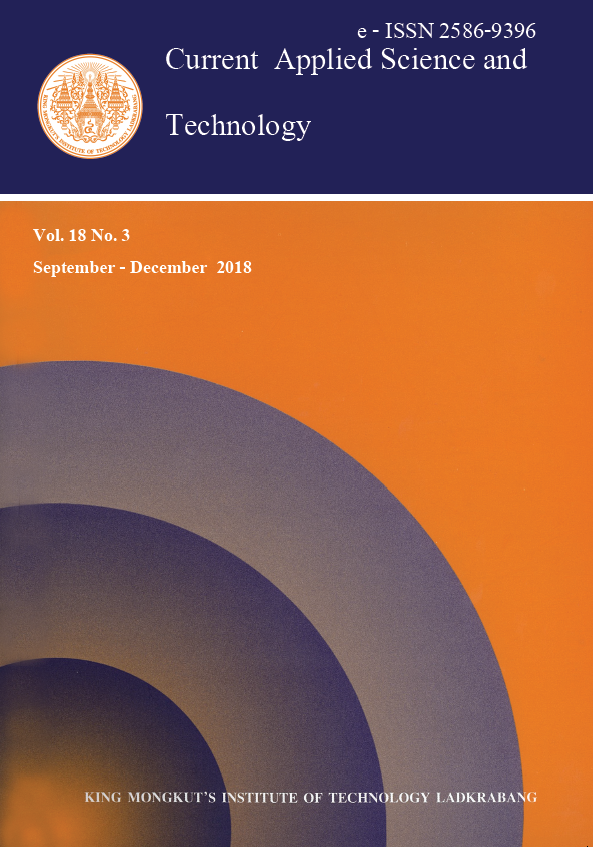In this study, laser marking was performed by radiative laser beam having wavelength of 1064 nm onto the surface of polypropylene (PP) specimens with laser-sensitive pigment addition. The different amount of laser-sensitive pigment were added onto the PP plastic in the range from 0 to 4.5 wt%. The effect of laser marking parameters such as laser power, scanning speed and pulse frequency on the contrast between marking pattern and the specimens were investigated. In addition, the physical properties such as tensile strength, elongation at break and heat-resistant of the specimens with laser-sensitive pigment addition were determined. The results showed that the brightness of marking pattern was increased as the amount of pigment was increased due to the high absorption of laser-sensitive pigment in the specimens. The pigment content of 0.6 wt% was achieved for the highest contrast laser marking of PP. For the physical characteristics, PP plastic with laser pigment addition showed the decrease of tensile strength as the laser pigment was increased. However, the laser pigment addition can increase heat-resistance of PP plastic. The optimum laser parameter for maximization of brightness of marking pattern and maintaining the physical property were also found out in this study.
Tubwat, A. ., & Sakdanuphab*, R. . (2018). Effect of Additional Laser-Sensitive Pigment on Marking Brightness and Physical Property of Polypropylene Plastic. CURRENT APPLIED SCIENCE AND TECHNOLOGY, 179-191.
